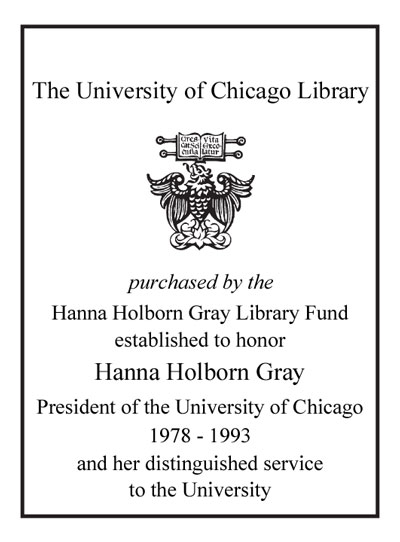EU accession : financial sector opportunities and challenges for Southeast Europe /
Saved in:
| Imprint: | Berlin ; New York : Springer, c2005. |
|---|---|
| Description: | xx, 367 p. : ill. ; 24 cm. |
| Language: | English |
| Subject: | |
| Format: | Print Book |
| URL for this record: | http://pi.lib.uchicago.edu/1001/cat/bib/5580337 |
Table of Contents:
- Foreword: Policy Input and Dialogue for Accelerated Financial Sector Development in Southeast Europe
- Preface: Opportunities and Challenges Facing Financial Sectors Moving Towards EU Accession
- Part I. Stimulating the Economy of Southeast Europe
- Chapter 1. Setting the Stage for Stability and Progress in Southeast Europe
- Chapter 2. The Scenario for EU Accession by Southeast European Countries
- Chapter 3. Infrastructure Finance, Accession, and Related Policy Issues inSoutheast Europe
- Chapter 4. Making It Easier to Do Business in Southeast Europe
- Part II. Financial Regulation for Stability and Protection in Southeast Europe
- Chapter 5. Financial Sector Development in Southeast Europe - The Roles of EU Accession and Basel II
- Chapter 6. Implementing European Standards of Banking Regulation in Georgia
- Chapter 7. Issues Concerning Foreign Banks' Operations in Bosnia and Herzegovina
- Chapter 8. The Role of Foreign Banks in SEE
- Chapter 9. The Impact of Basel II on Banking in Albania and Southeast Europe
- Chapter 10. Financial Stability in Southeast Europe - Basel II and theChallenges Ahead
- Part III. Bankers' Perspectives - Dynamic Banking in the Changing Market of Southeast Europe
- Chapter 11. Bankers' Perspectives - Dynamic Banking in a Changing Market
- Chapter 12. Evolution of the Banking Sector in Southeast Europe - The Role and Business Strategies of Domestic Banks
- Chapter 13. Financing Small and Medium-Sized Companies
- Chapter 14. The Business Strategies of Domestic Banks in the Long Run - SME Lending as an Attractive Market Segment
- Chapter 15. Building a Market Niche Also Builds a Market - Opportunity Bank in Montenegro
- Part IV. Clients' Perspectives on Access to Financial Services for Micro and Small Enterprise in Southeast Europe
- Chapter 16. Clients' Perspectives - Providing More Effective Financial Services for Micro and Small Enterprises
- Chapter 17. Access to Finance: Issues and Opportunities in Southeast Europe
- Chapter 18. Nonfinancial Obstacles to SME Financing in Serbia
- Chapter 19. Constraints to Business Development in Bulgaria and the Case for Action
- Chapter 20. Degrees of Competition in Serving Target Groups - They May Be Closer than You Think
- Chapter 21. A New Approach to Business Development Services in Southeast Europe
- Part V. Looking Ahead - Public-Private Partnerships in the Financial Sector in Southeast Europe
- Chapter 22. Public-Private Partnerships for Financial Development in Southeast Europe
- Chapter 23. Replicable and Transparent PPP Models for Financial Sector Development
- Chapter 24. Using PPPs to Facilitate Transactions in Financial Markets
- Chapter 25. Sustainable Microfinance Banks - IMI as a Public-Private Partnership in Practice
- Chapter 26. Opportunities for Public-Private Partnerships in Financial Sector Development
- Chapter 27. Public-Private Partnership - Results in the Banking Sector in Southeast Europe
- Chapter 28. Microfinance Investment Funds - An Innovative Form of PPP to Foster the Commercialisation of Microfinance
- Part VI. Summary and Conclusions
- Chapter 29. An Overview of Banking, Financial Regulation, and Access to Financial Services in Southeast Europe in the Context of EUEnlargement
- Index of Names
- Index of Countries
- Index of Banks and Organisations
- Index of Terms

